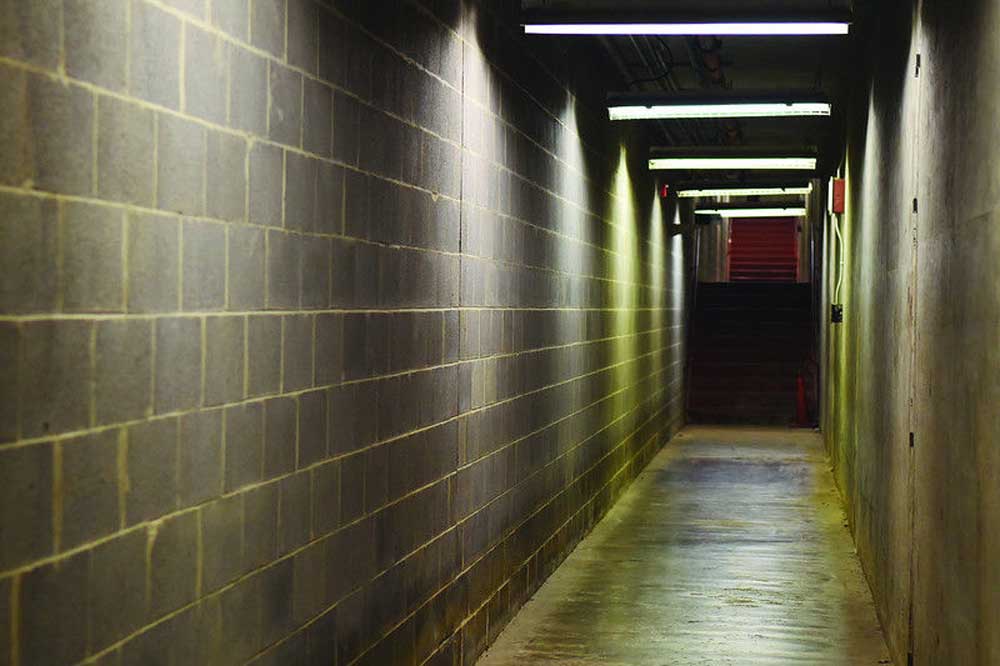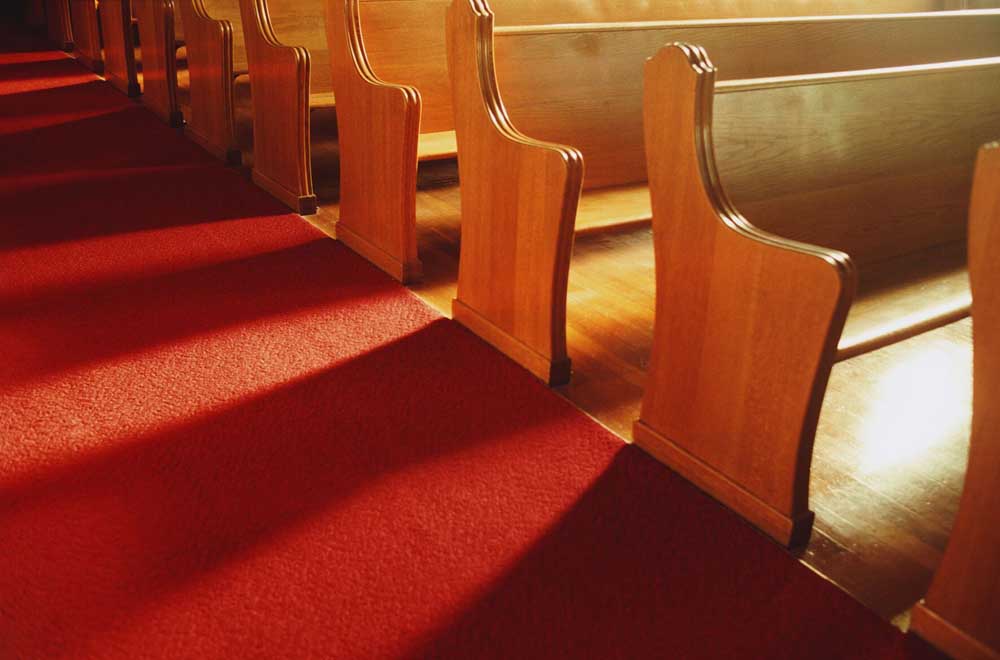Smith County believed to be among first in Nation to have underground tunnel connecting jail to courthouse
Published 5:43 pm Sunday, May 15, 2016

- An underground tunnel connecting the Smith County Courthouse and Smith County Jail facility is pictured Tuesday May 10, 2016. The tunnel was built in 1986 to transport inmates, and it is still used today. (Sarah A. Miller/Tyler Morning Telegraph)
Spring Avenue in downtown Tyler was given the name “Spring” due to the underground water springs that run actively beneath the busy street. The brick street is one of many in downtown Tyler that surround the Smith County Courthouse and Smith County Jail facility.
The significance of Spring Avenue is that not only is the street built over active springs, but the bricks and asphalt serve as the top cover for a nearly quarter mile long underground tunnel that offers access to some of the most dangerous citizens in Smith County.
Trending
“Back in the early ’80s, the courthouse had approximately 120 beds on the fifth and sixth floor, which was convenient when they carried inmates to and from court-just get on the elevator and go down to court,” said Major Deal Folmar, who has worked 33 years in the jail system. “When they built the new jail, which was off-site from the courthouse, they saw a need to have access for the inmate transfers to court every day.”
The tunnel, built in 1985 by Great Southwest Construction Corporation in two different phases, was supposed to take only 60 days to complete. But, due to weather conditions, the completion date was pushed back several times.
Before the underground tunnel was complete, inmates were physically transported from the jail to the courthouse with opportunity for an officer to be injured, endangering a deputy or the public and a risk of losing that prisoner due to escape. The majority of escapes would occur during times of physical transport, according to J.B. Smith, former Smith County Sheriff.
“We had to move the new jail for overpopulation. We were involved in a lawsuit in Federal Court and they won, so we had to build a jail,” said Smith. “The idea of putting a tunnel between that jail and the courthouse was actually a wonderful idea and we were one of the first ones in the United States to do that.”
When construction on the tunnel was underway, it left multiple busy downtown streets, including Erwin Street, closed off due to the digging process and size of the project. The tunnel was completed and began use of transportation for inmates in 1986. Within the same year of opening, the underground springs created an issue during rainstorms that caused several feet of flooding inside the tunnel.
“Shortly after the jail and tunnel were complete, we had a horrible rain storm which caused a lot of flooding,” said Gary Pinkerton, Director or Pre-Trial and former jailer. “That night we were at work and went through the tunnel and the floor of the tunnel was completely flooded.”
Trending
Waterproof sealant was placed in the walls of the tunnel and a draining system was installed to prevent future flooding.
“In a jailhouse you have undoubtedly some of the worst people of society,” said Smith. “You have rapists, robbers, murderers, child molesters – you have prisoners in bad health conditions with AIDS, tuberculosis, hepatitis, and when I retired, there were 12 pregnant women in there. We’ve delivered babies in the jail, and had people that are on dialysis. And a lot of these people are very violent. So you need to be attached to the courthouse, it’s just a good idea,” said Smith.
After the completion of the tunnel in 1986, the idea of an underground tunnel connecting the jail to the courthouse was taken nationwide. According to Mr. Smith, the idea was a good foresight from the architects that were involved in the building of the structure and connecting it to the jail.
“That tunnel connected the courthouse to the jail, therefore separating it from the public, so it kept the public safe,” said Smith. “So actually it worked out pretty good and it’s still being used to this day.”
When the tunnel was built, there was a divider wall placed securely down the middle of the tunnel to separate prisoners from the public. This allowed jail visitors a way to see their kin without being close to other prisoners. According to the former sheriff, the divider wall idea did not work out due to visitors coming from the courthouse into an active jail with violent prisoners.
“So we never used the side for the public,” said Smith. “I determined that was not a safe thing for the public after a recommendation from my chief jailer, and I agreed with him. Even though there was a divider wall, it still opened up around the booking area.”
According to Major Folmar, approximately 4,000 inmates are transferred to and from court through the tunnel annually. The divider wall, although still in place, divides prisoners from a hallway now turned into a storage area for the inmates’ personal property. The prisoners walk to and from court secured and handcuffed down the tunnel with a guard. There are lights, intercoms and cameras set up along the full length of the nearly quarter-mile-long tunnel.
“The tunnel was really state-of-the-art and I want to say Smith County was one of the first counties in Texas to have a tunnel and we were building for the future,” said Pinkerton. “Out of town deputies would come in and say, ‘I heard you have a tunnel’ and they’d want to get a picture of the tunnel. I don’t know how many agencies who came through actually took their picture in the tunnel so they could go back and tell their co-workers they had been to the Smith County underground tunnel.”
Twitter: @TMTMelissa






